Buy Primavera, get a free gift with purchase:
Timeless Organic and Vintage Reverb
Spring reverbs are highly sought-after vintage audio equipment, but their rarity and high cost can make them inaccessible to many. Known for their unique, warm, characterful and organic tone, these reverbs have forged a sonic identity that spanned from the ‘50s to the ‘70s, and is back in vogue today.
Pulsar Primavera is a 6-in-1 reverberation plugin that includes devices heard on countless hits throughout the ages. From lo-fi to hi-fi, each tank precisely emulates the original units' electronic and mechanical behavior. Furthermore, exclusive spring tension and excitation controls offer a wider sound palette than typical convolution models.
The software is a complete reverb chain plugin with integrated saturation, filters, presence, and ducking controls. Get the signature “twang” tone that shaped music history, packed with next-gen features and a user-friendly interface.
Realistic Spring Reverb Emulation
Most digital spring reverbs sound flat and are poorly configurable because they sample real units rather than modeling them. With real-time physical modeling, Pulsar Primavera breaks free from these limits and allows manipulation of physical reverberation parameters, like spring tension or excitation, for unique and creative sound design possibilities.
Hit and Shake the Springs! The ringing behavior of the springs can be influenced either by hand or via modulation (and automation), and used as a creative sound design effect. More than just a fun and interactive way to play with reverb springs, this feature allows the potential for some really interesting effects.
A Complete and Versatile Reverb Chain
Tension, Excitation: The Tension knob changes the reverb's character by adjusting the physical model of spring tension. Stretch them more or less to get a "softer" or a more "high-pitched" characteristic. The Excitation knob dynamically triggers the well-known sound of exploding springs, adding a creative touch to your sound design. It simulates subtle strikes on the springs as the instrument attacks pass through the plugin.
Ducking, Presence (Output): The Ducking control allows you to create dense and prominent reverbs that never conflict with other elements in your song. This knob reduces the level of reverberation based on the input volume of the plugin (or the sidechain input), clarifying the overall signal when the audio kicks in and preserving space between musical phrases. Furthermore, they added a Presence tonal control that boosts a specific frequency range carefully chosen to make the reverb stand out in the mix.
Decay, Width, Predelay: The Predelay and Decay knobs offer precise temporal adjustments to the reverb effect. Predelay enhances clarity with a delay before reverb is applied, and Decay tailors reverberation length for varied musical scenarios. The Width control allows you to adjust the reverb's stereo image.
Drive, Tube, EQ (Preamp): Easily blend or sculpt the reverb to your taste with the built-in EQ filters. Adjust the presence of the tube circuits responsible for a pronounced high-frequency saturated sound with the Drive knob. You can also switch between two saturation modes if you want to add some grit to the reverb tail – Germanium corresponds to the transistor preamplifier of a well-known reverb used in dub music, and Tube to a warm pentode-type tube amplification.
6 Signature Spring Tanks
Great British Spring: Produces a very dense and open sound. This is the cleanest reverb in the plugin’s selection, and is ideal for vocals and other elements that need to shine above the mix.
HR12: A very lo-fi type of reverb built in Japan in the late '60s. Perfect for those who seek a vintage color, and the characteristic “boing” sound of the springs. Simple, dirty, and effective, this tank has very little low-end, which means that the initial attack of the springs is clearly heard, giving it that special lo-fi flavor.
SR202: Built on a legendary hi-fi consumer reverb, this tank sounds dark, with prominent beats in the reverb tail. It’s the least dense reverb of their selection, with a vibey “flutter” color, perfect for adding realism to a source.
RE201: Based on the classic Echo RE201 from Roland, this tank is maybe the most versatile compared to the other choices. With dense and diffuse reverberation tails, it can adapt to any source in any genre. It’s well suited on a lead vocal if you’re looking for some added excitement and color.
Tubby: If you're looking for the color of old-school dub music, this tank gives you a very round and watery sound, with big beats. Great for adding subtle variations to your tracks by sending some sources into a bus with this reverb on it. A nostalgic effect that works really well on brass, skank keys, or guitars.
Twang: For this tank, they took our inspiration from the guitar amps that popularized spring reverbs. Widely used in Fender and other classic instrument amplifiers, this reverb gives you the lo-fi sound that you’d expect from vintage gear, with tons of character and color.
Diverse Presets, Artist-designed
Pulsar Primavera comes with hundreds of presets for a solid starting point or quick inspiration. Apply polish and invention to your sounds with presets meticulously crafted by producers and mixing engineers. With so much choice at your disposal, they highly encourage some careful digging to find the right sonic treasure within.
How Does it Sound?
Drums: You've likely heard many recordings with spring reverb on snares, particularly in reggae and dub music. This effect later influenced rock bands, leading to springy snares being used in various styles. You can use Primavera’s predelay to knock down the transient and tame the sound if you want softer results. Beautiful drum-type sounds can also be made by kicking the springs! Pair it with delay, gate envelope, and other effects to achieve a unique sound design.
Vocal: The deep, metallic timbre of spring reverb brings a raw edge to the sound. As a result it's a popular choice among rock bands for adding grit to vocal tracks. Additionally, using a spring reverb on the vocal is a wise choice when you need to place it in a separate space than the other elements in your arrangement.
Guitar: For those seeking the timeless vintage electric guitar sound, Primavera is the ideal choice. Spring reverbs play a significant role in achieving a realistic guitar tone, and their plugin could be the missing link, or another possible color, in the perfect guitar sound you're after.
Synths: If you're a Moog fan (or of any synth in this genre), spring reverbs can be an instant vintage preset that will quickly reinvent and add texture to your tracks. On VST synths Primavera introduces a subtle and natural grit for a more organic vibe.
Features
Drive and Saturation Mode: Adjust the level of saturation applied by the input preamplifier with the Drive knob. The Tube/Ger selector allows you to choose the preamplification circuit used before the reverb; a pentode-type tube amplification, or a Germanium transistor preamplifier. Uniquely, this saturation is also applied to the Dry sound.
Tension: The Tension parameter alters the tension of the simulated springs to change the reverb’s character. Increasing tension stiffens springs, and this speeds up beats in the reverb tail, emphasizing high frequencies. Conversely, low Tension softens the feel, slowing beats and emphasizing bass frequencies in the reverberated sound.
Excitation: The Excitation knob allows you to simulate springs shaking, similar to when clicked on with the mouse, but this time automatically. When this feature is activated, the springs are shaken in response to the transients in the input sound. This enhances the characteristic "boing" effect of the spring reverb, and enables creative sound design effects.
Ducking: For those who are familiar with the kick/bass sidechain technique that is carried out with a compressor, the Ducking knob applies the same concept. It controls a compressor that reduces the reverb level when the instrument or voice passes through the reverb to clarify your mix easily.
Vibrating Springs: You can get the characteristic "boing" sound of spring reverbs by “kicking” the springs with a mouse click, resulting in unique textures and sound design options. This feature perfectly captures the spirit of spring reverb units, allowing you to play with the device and find inspiration in a fun and rewarding way.
Predelay and Decay: You can control the length of the reverb tail, short or long, by using the Decay knob. Or adjust the delay between the original signal and the start of the reverberated sound with Predelay. Higher values on the Predelay knob provide better separation between the direct sound and the reverberated sound.
Width: Pulsar Primavera comes with a Width knob to let you control the stereo image of the reverb. A setting of zero will make the reverb mono, while a value of 10 corresponds to the maximum stereo width of the selected springs tank. Controlling width can help to keep things sound realistic and more "intact", according to the instrument the effect is applied to.
Presence: This knob creates a slight emphasis on the upper mids of your reverberated signal, enhancing the reverb's presence in the mix. Keep the original signal unchanged, or push the treble to make the reverberation tone cut through the other elements in your track and become more audible.
External Sidechain: The Ducking can optionally be set to use an external sidechain signal. In this case, another audio track must be routed to the plugin sidechain input in your DAW, and that track will be used to calculate the ducking of the reverb. One possible use for this is to make a guitar's reverb more subtle when a synthesizer is also playing, freeing up space.
Filters: A choice of built-in 12dB/octave High-pass and Low-pass filters are also available to clean up your source before sending it into the reverb. These filters are processed just after the preamplifier emulation stage, and at their minimum value are deactivated after a notch.
System Requirements
Mac
- MacOS 10.9 and higher (M1 Apple Silicon supported) (64-bit only)
- CPU: Intel Core i3 / i5 / i7 / Xeon / Apple Silicon (M1)
- Memory: 4 GB RAM / 1 GB free disk space
- GPU: OpengGL 2.0 compatible GPU
- Monitor: Resolution: minimum 1024×768, recommended 1920×1080 / Refresh rate: 60 Hz
Windows
- Windows 7 with SP1 64 bit / Windows 8.1 64 bit / Windows 10 64 bit
- CPU: Intel Core i3 / i5 / i7 / i9 / Xeon or AMD Quad-Core minimum
- Memory: 4 GB RAM / 1 GB free disk space
- GPU: OpengGL 2.0 compatible GPU
- Monitor: Resolution: minimum 1024×768, recommended 1920×1080 / Refresh rate: 60 Hz
Compatible plugin formats
- AAX Native
- Audio Unit (AU)
- VST 2.4
- VST 3
Important - You need to have an account at ilok.com to be able to use Pulsar Audio software.
Please note: Pulsar Smasher is used as an example.
Mac
iLok Registration
1. Go to the iLok website and create a new account if you are not currently registered and do not have the iLok License Manager installed on your computer.
Note: Skip to the 'Pulsar Software Installation' procedure if you are already an iLok registered user.

2. Download and install the iLok License Manager.
Pulsar Software Installation
1. Download the .dmg file from within your Plugin Boutique User Account and open it > Double-click the .pkg file to begin the installation.
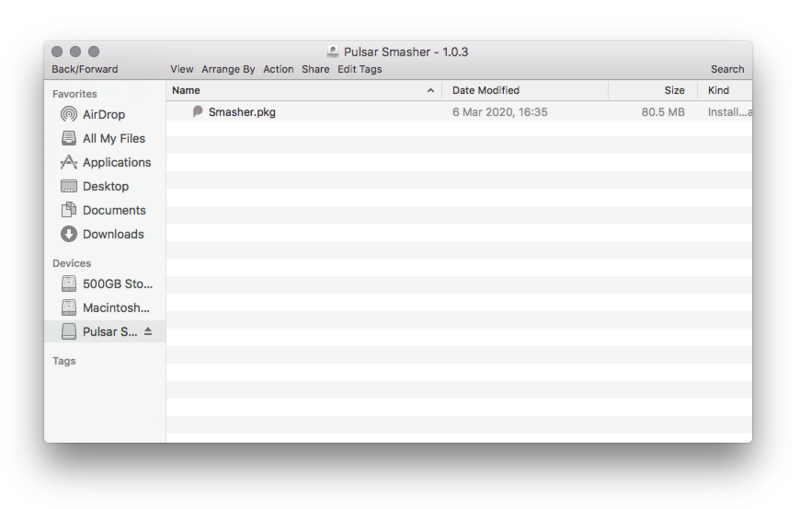
2. Click 'Continue'.
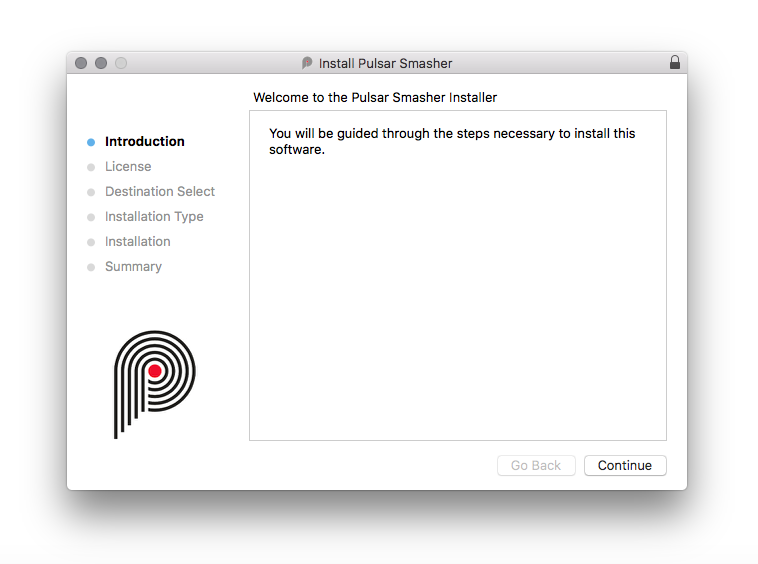
3. Click 'Continue'.
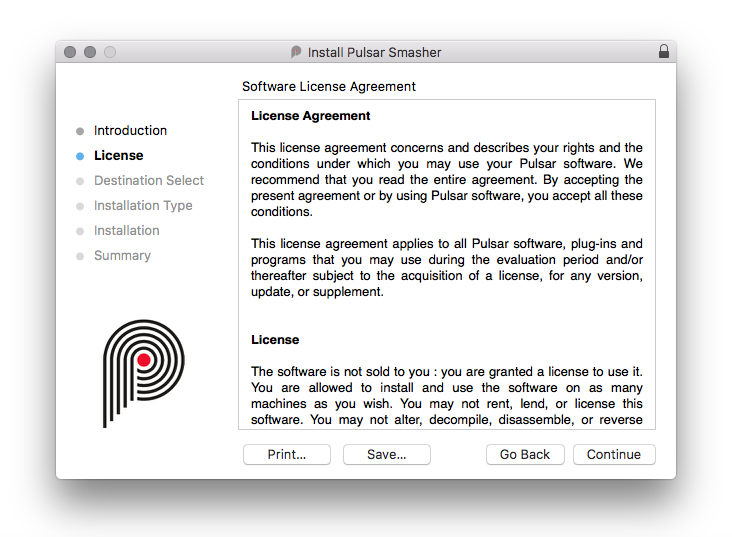
4. Click 'Agree'.
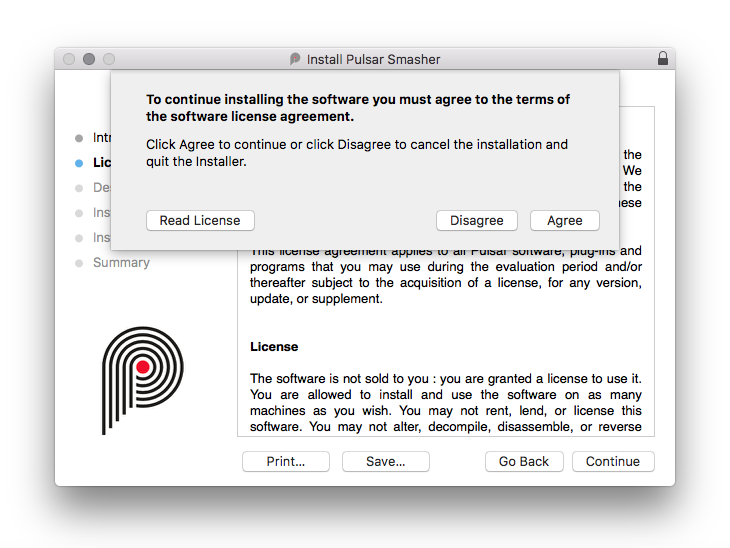
5. Click 'Install'.
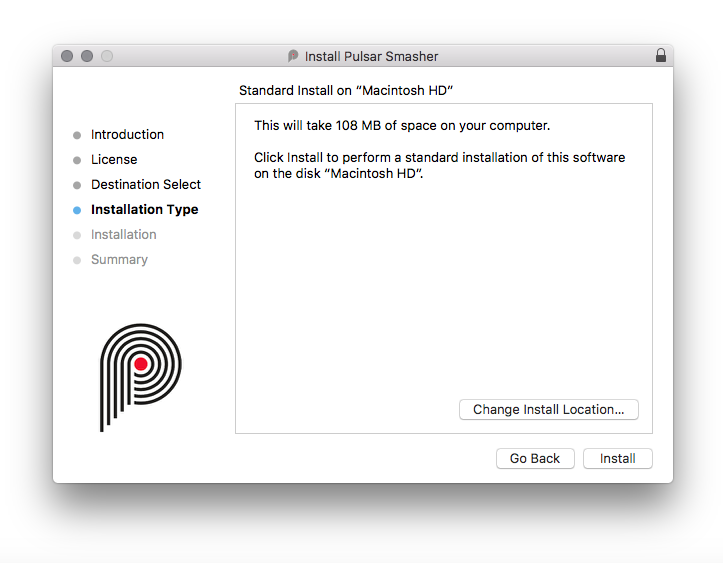
6. Enter your computer Username and Password > Click 'Install Software'.

7. Click 'Close'.
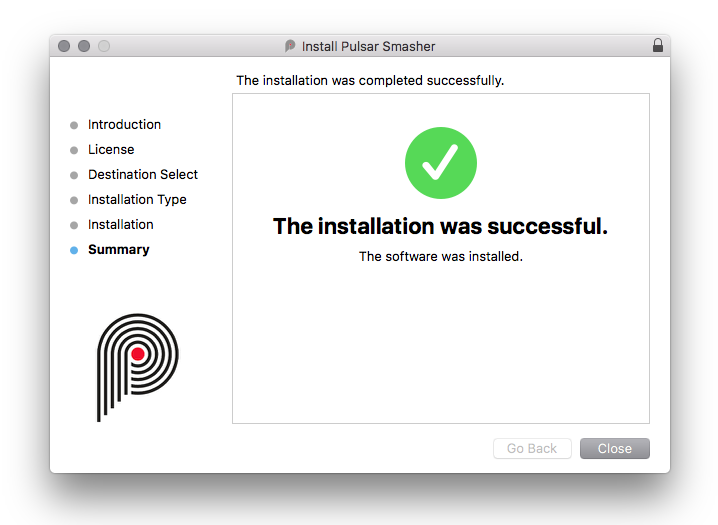
iLok Activation
1. Open the iLok License Manager > Click 'Sign In'.
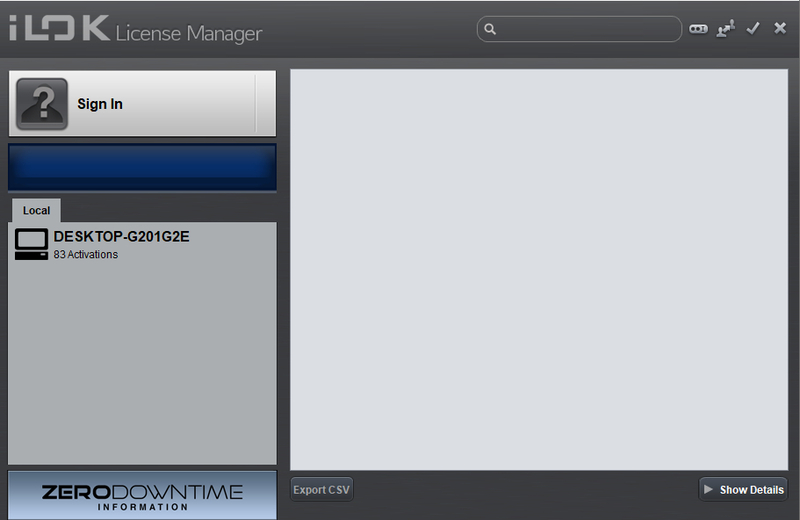
2. Enter your iLok User ID and Password > Click 'Sign In'.

3. Click the redeem icon in the top right-hand corner of the iLok License Manager window.

4. Enter the Activation Code in of your Plugin Boutique User Account > Click 'Next'.
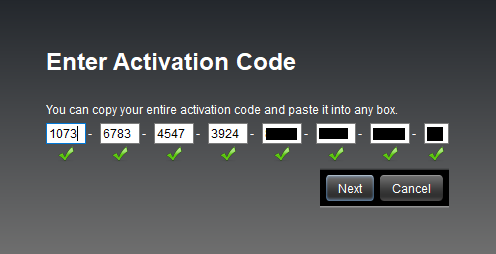
5. Select your account that you wish to redeem your product to > Click 'Redeem'.
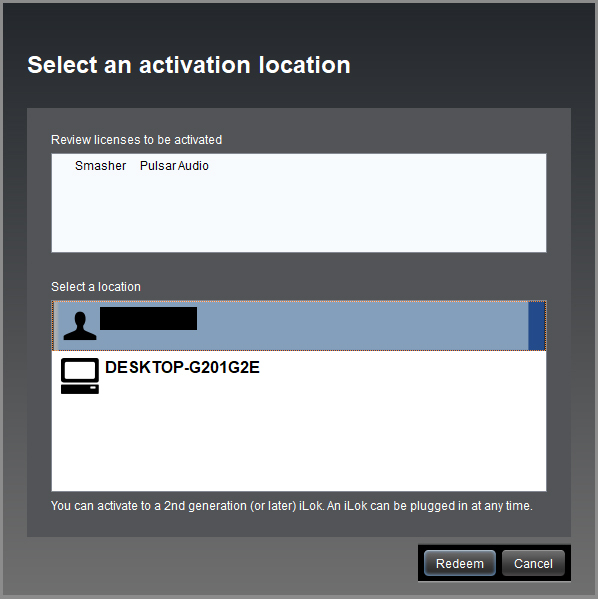
6. Click 'Ok'.
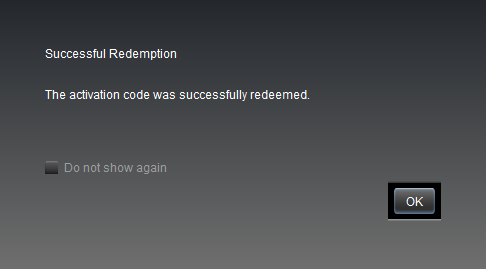
7. Select your redeemed product > Click the tick icon in the top-right hand corner of the iLok License Manager.
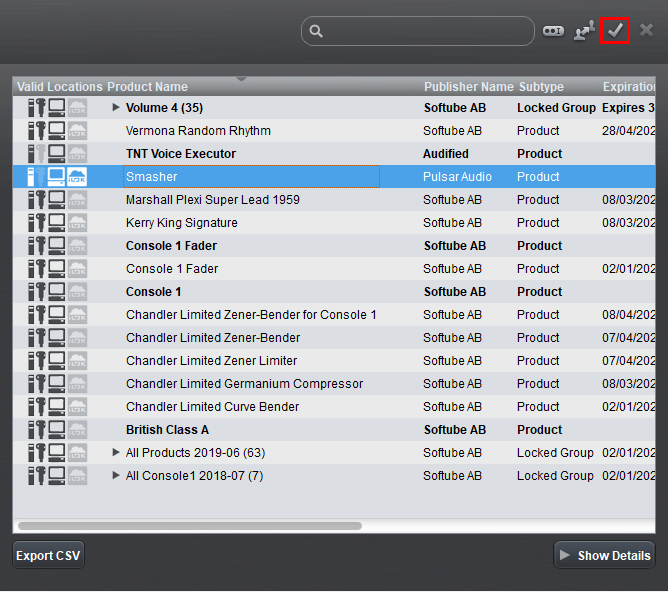
8. Select your computer from the list of activation locations > Click 'Activate'.
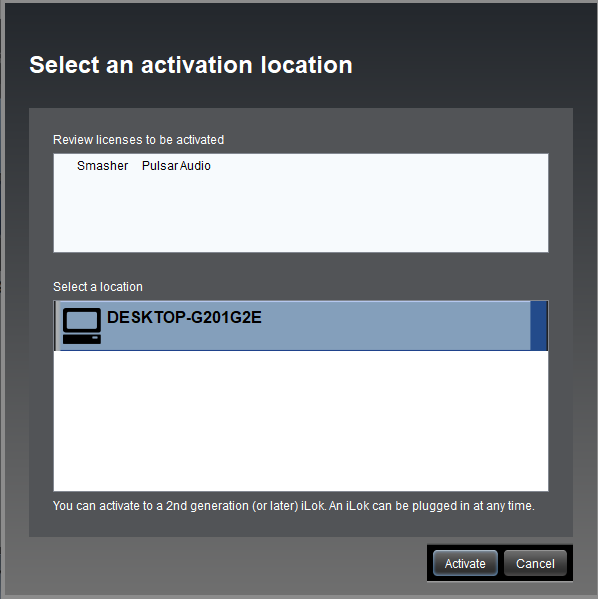
9. Click 'Ok'.

Your product is now activated and ready to use within your DAW.
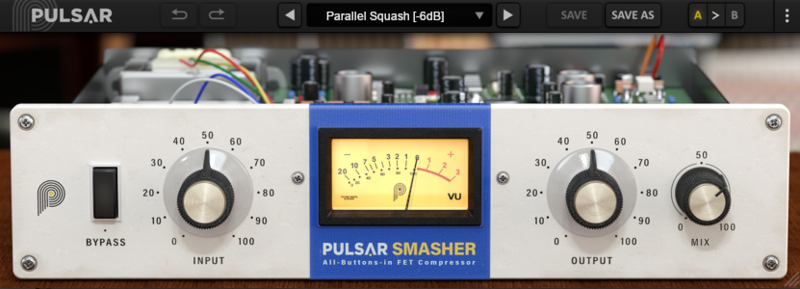
Windows
iLok Registration
1. Go to the iLok website and create a new account if you are not currently registered and do not have the iLok License Manager installed on your computer.
Note: Skip to the 'Pulsar Software Installation' procedure if you are already an iLok registered user.

2. Download and install the iLok License Manager.
Pulsar Software Installation
1. Download the installer file from your Plugin Boutique User Account.
2. Double-click the .zip folder to reveal the installer file > Double-click the .exe installer file to begin the installation process.
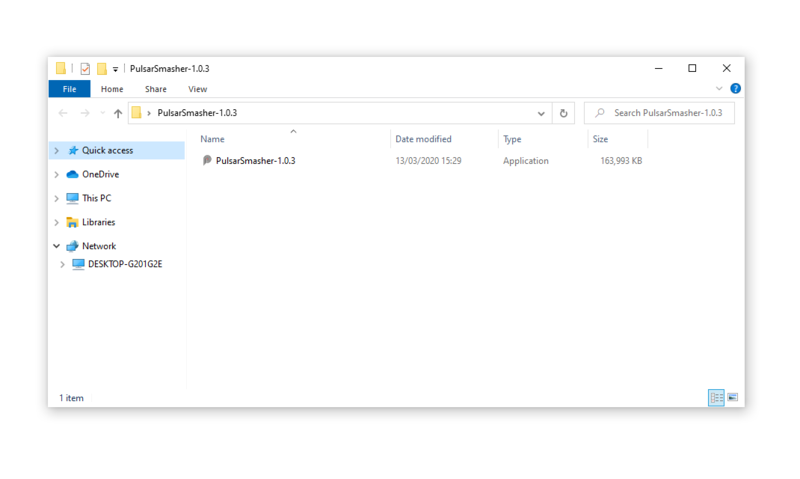
3. Select 'I Accept the Agreement' > Click 'Next'.
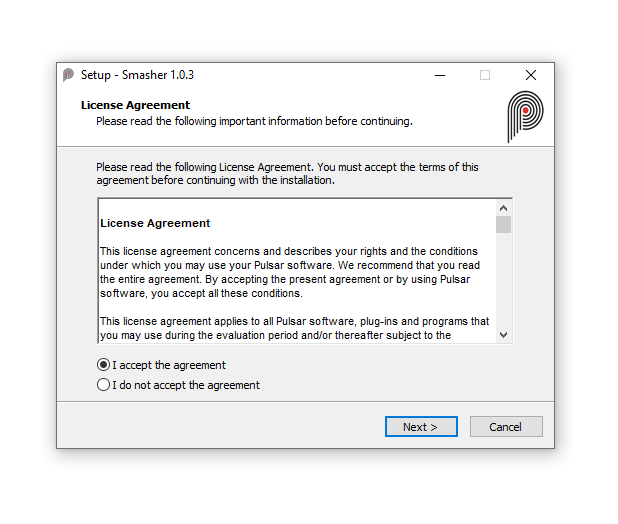
4. Select the components you wish to install > Click 'Next'. (Note: Untick 'PACE iLok license support' if you already have it installed on your computer).
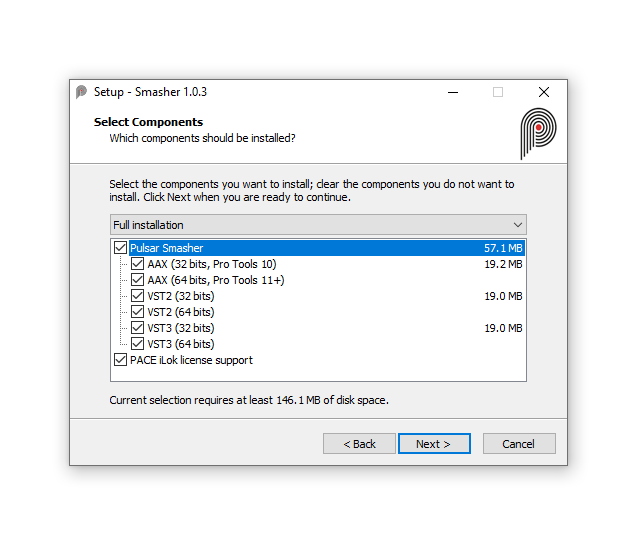
5. Click 'Next'.
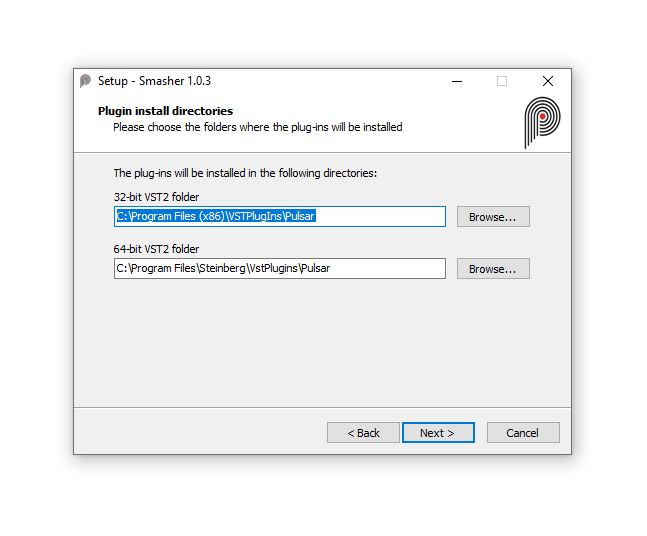
6. Click 'Install'.
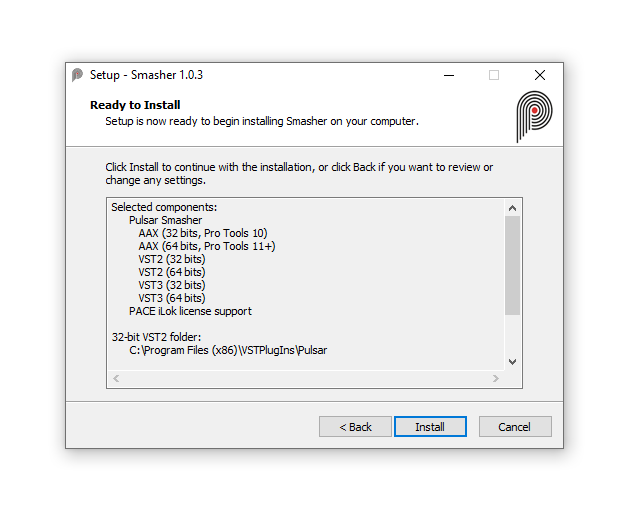
7. Click 'Finish'.
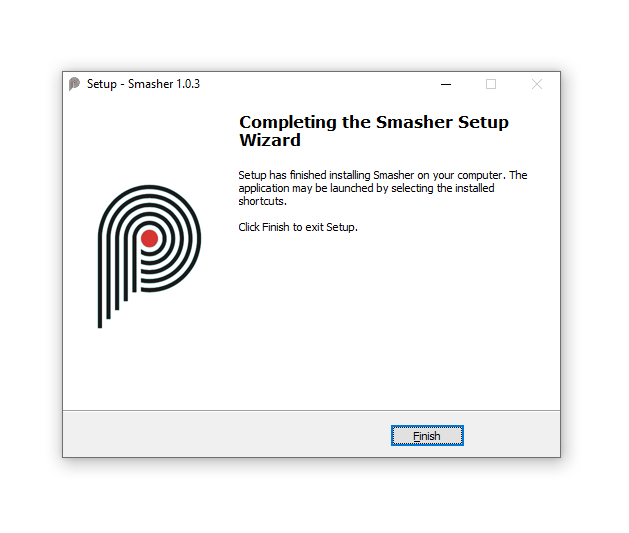
iLok Activation
1. Open the iLok License Manager > Click 'Sign In'.

2. Enter your iLok User ID and Password > Click 'Sign In'.

3. Click the redeem icon in the top right-hand corner of the iLok License Manager window.

4. Enter the Activation Code in of your Plugin Boutique User Account > Click 'Next'.

5. Select your account that you wish to redeem your product to > Click 'Redeem'.

6. Click 'Ok'.

7. Select your redeemed product > Click the tick icon in the top-right hand corner of the iLok License Manager.

8. Select your computer from the list of activation locations > Click 'Activate'.

9. Click 'Ok'.

Your product is now activated and ready to use within your DAW.

